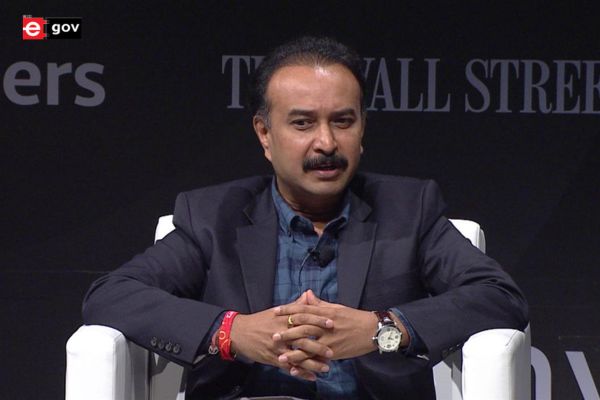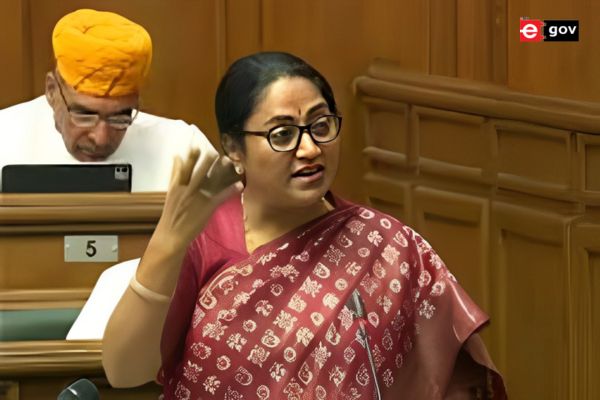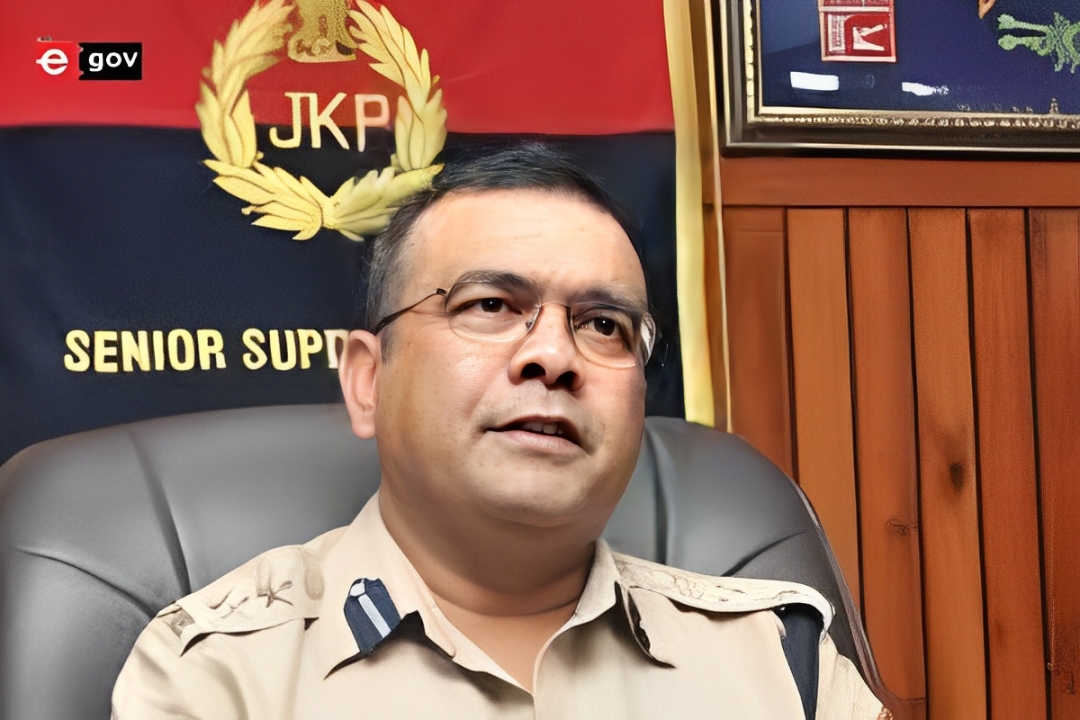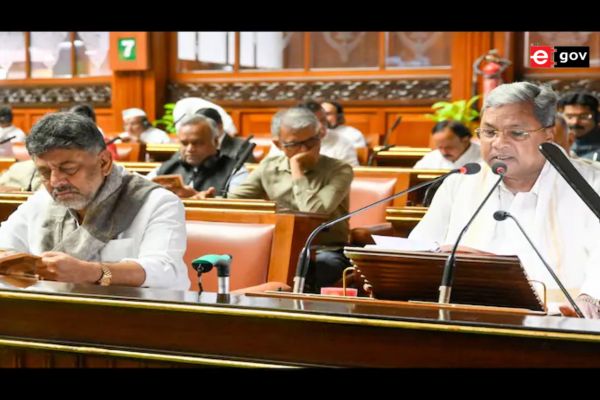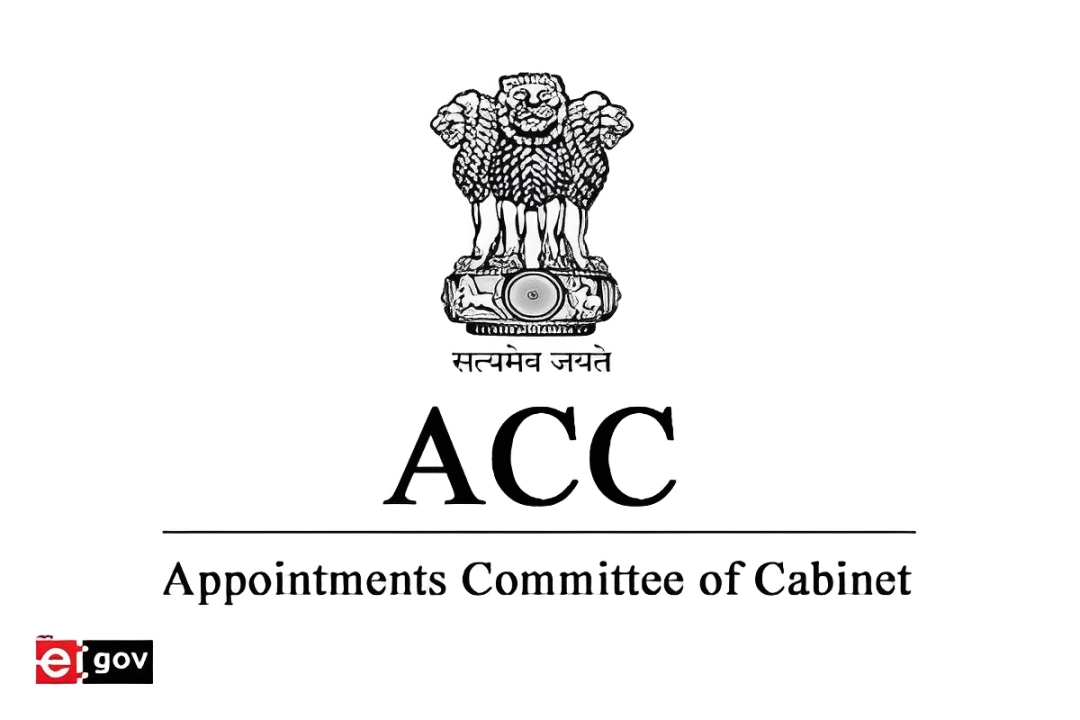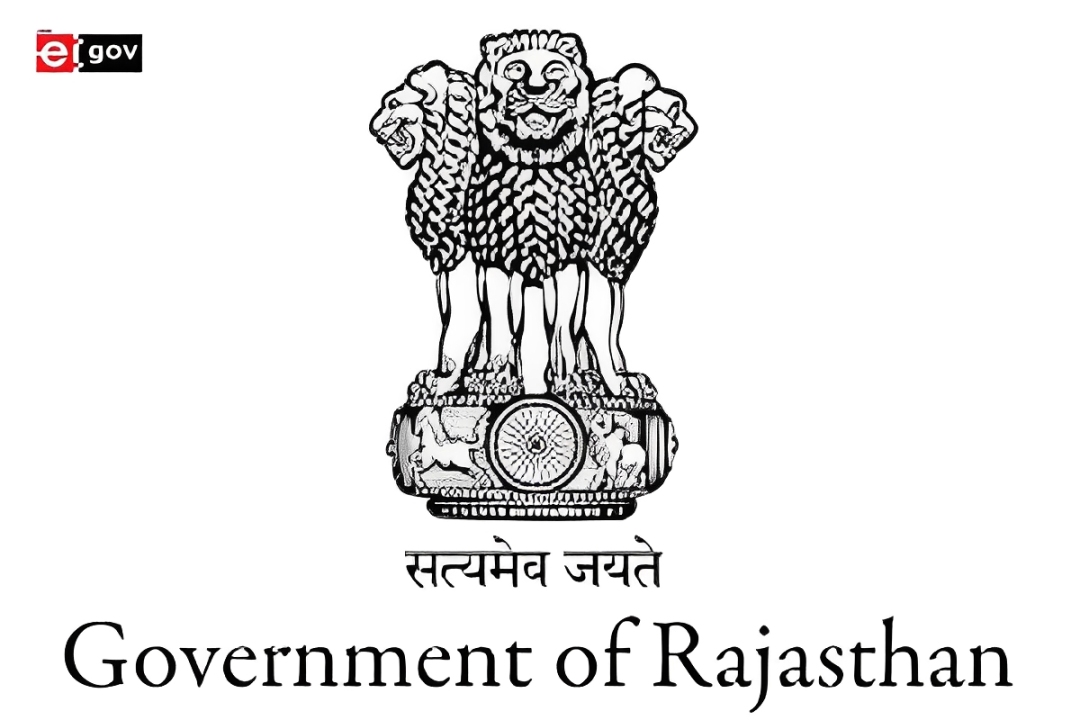
The World Bank has adjusted its projections for the Indian economy, now forecasting a growth rate of 7.5% in 2024, marking an increase of 1.2% from its previous estimate. This surge is expected to be a driving force behind the strong economic growth anticipated in South Asia, which is projected to reach 6.0% in the same year. The bank elaborated on these findings in its latest South Asia Development Update report released on April 2.
The report emphasizes that South Asia is poised to maintain its status as the world’s fastest-growing region for the next two years, with growth forecasted at 6.1% in 2025. India, constituting a significant portion of the region’s economy, is expected to witness output growth of 7.5% in the fiscal year 2023/24, before stabilizing at 6.6% over the medium term. The service and industry sectors are anticipated to remain robust contributors to this growth trajectory.
In contrast, Bangladesh is projected to experience a rise in output by 5.7% in the fiscal year 2024/25, although high inflation and trade restrictions pose challenges to economic activity. Pakistan’s economy is anticipated to rebound from a contraction in the fiscal year 2022/23, with a growth rate of 2.3% forecasted for 2024/25, driven by improving business confidence. Similarly, Sri Lanka is expected to witness output growth strengthening to 2.5% in 2025, buoyed by modest recoveries in reserves, remittances, and tourism.

Martin Raiser, World Bank Vice President for South Asia, highlighted the region’s bright growth prospects in the short term but cautioned against fragile fiscal positions and increasing climate shocks. He stressed the need for policies aimed at boosting private investment and strengthening employment growth to enhance resilience.

Franziska Ohnsorge, World Bank Chief Economist for South Asia, underscored the missed opportunity for South Asia to fully leverage its demographic dividend. She suggested that if the region were to employ as large a share of its working-age population as other emerging markets and developing economies, its output could be significantly higher.

The World Bank noted India’s economic activity surpassing expectations in the fourth quarter of 2023, fueled by rapid increases in investment and government consumption. The composite purchasing managers index (PMI) for India stood at 60.6 in February, well above the global average of 52.1, indicating a substantial expansion. Additionally, inflation in India has remained within the Reserve Bank of India’s target range of 2–6%, despite elevated food prices attributed partly to a weak harvest due to El Niño.
Be a part of Elets Collaborative Initiatives. Join Us for Upcoming Events and explore business opportunities. Like us on Facebook , connect with us on LinkedIn and follow us on Twitter, Instagram.
"Exciting news! Elets technomedia is now on WhatsApp Channels Subscribe today by clicking the link and stay updated with the latest insights!" Click here!




